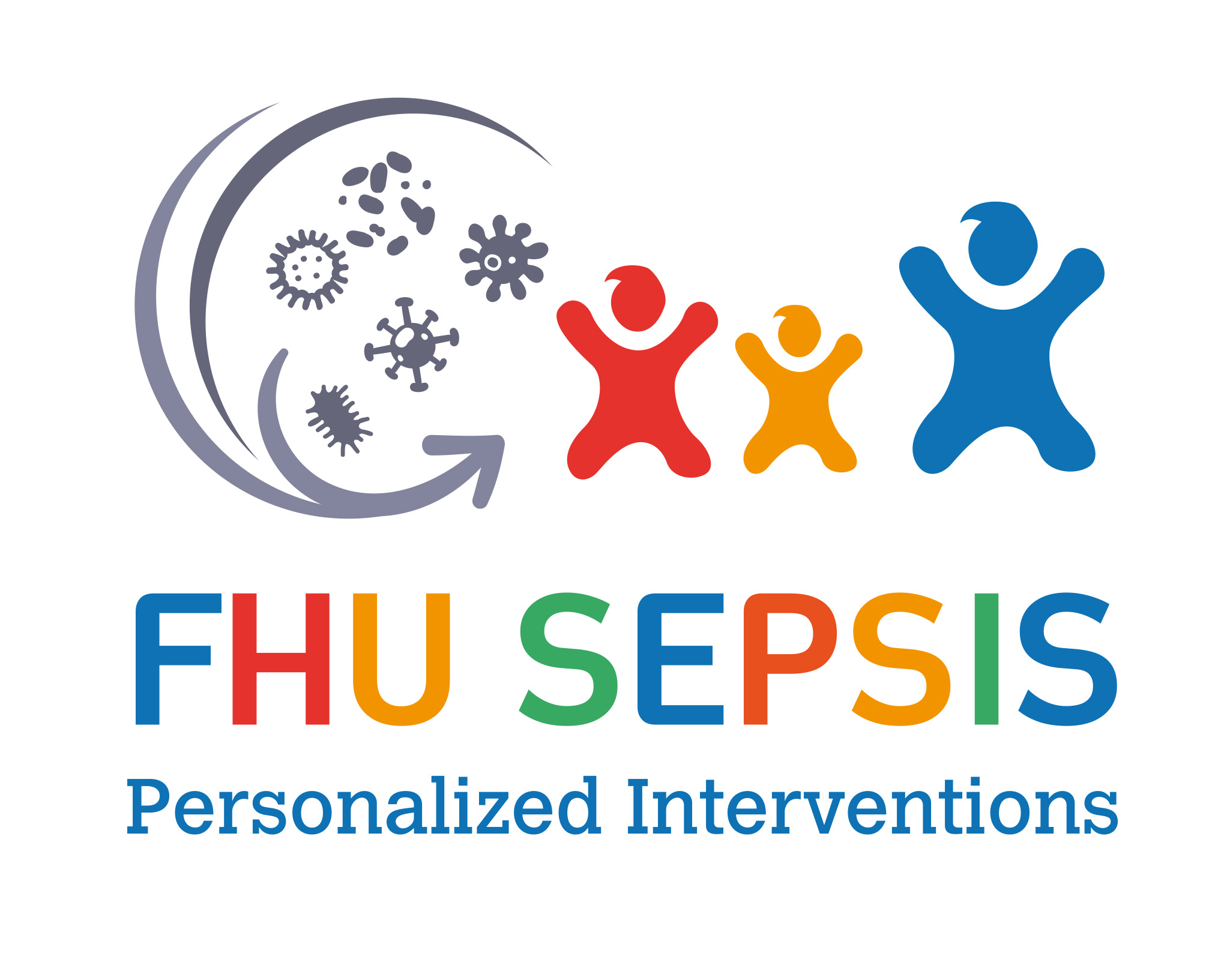You are here : FHU-SEPSISENOBJECTIVES & PROJECTSRoad MapWP7 – Individualized anti-infectious therapies
- Partager cette page :
- PDF version
WP7 – Individualized anti-infectious therapies
Leader : Pr Marie-Anne Rameix-Welti |
Co-leader : Pr Pierre Moine |
Early and appropriate antimicrobial therapy (AAT) is the cornerstone intervention for sepsis. It is consistently identified as the most effective intervention for reducing mortality. Cure is most likely when pharmacokinetic (PK) / pharmacodynamic (PD) targets associated with maximum antibiotic (ATBX) activity are achieved. However, the process of optimizing antibiotic therapy for critically ill patients remains a complicated challenge.
A key issue is pathogen identification (ID) with subsequent antibiotic susceptibility testing (AST), which allow for selection of AAT. Standard laboratory procedures typically require 2-3 days to provide ID and AST results. The specific antibiotic Minimum inhibitory concentrations (MICs) are not even provided at this time. Because of 48-72-hour delays in ID/AST, initial empiric treatment is frequently inappropriate in coverage, unnecessarily broad in spectrum, and/or suboptimal in dosing. New technologies for rapid bacterial growth, ID and AST, compared with conventional methods, are capable of quantitative ID in 1-2 hours and major AST in 6-8 hours using positive clinical specimens. Rapid ID of the pathogen and its individual AST could significantly impact early therapy. Optimal antimicrobial dosing/dosing intervals depend on individual PK properties. Alterations in volume of distribution and clearance are commonly observed in sepsis predisposing to suboptimal antibiotic exposure and therapeutic failures. Thus, drug monitoring data would enable personalized treatments to achieve appropriate PK/PD targets. Improving ATBX dosing practices may serve to minimize clinical morbidity and mortality.
First, we will evaluate if rapid ID/AST combined with actual antibiotic concentrations can provide actionable information during critical early time window to improve appropriateness of antibiotic therapy and to decrease treatment failure (IDAST study – PHRC National). UVSQ/APHP partners will invite stakeholders to validate innovative diagnostic tools for rapid pathogens ID and AST. Partners will include established actors and newcomers in the field of microbiology: molecular detection directly from blood (Qvella, T2Systems), rapid identification (bioMérieux, Bruker), rapid susceptibility testing (Gradientech, Qlinea, Quantamatrix, Specific Diagnostics), sample to answer multiplex assays (bioMérieux, Genmark, QIAGEN, Cepheid). These innovative diagnostic tests will be compared to conventional methods to 1) obtain clinically actionable data on pathogen ID and AST, 2) achieve appropriate antibiotic therapy. These methods will be compared first in pneumonia-related sepsis, and then in sepsis from other sources. In addition, plasma concentrations of antimicrobial agents will be determined using state of the art and innovative platforms for in situ concentrations. Combined assays will be developed and bactericidal determinations will allow clinicians to select the most active regimen beyond current MIC measurements.
Secondly, we are developing a software program to assist with antibiotic therapy prescription and to readjust the treatment according to the bacteriological and pharmacological analyses. Up to 50% of antibiotic use is inappropriate, i.e, antibiotics are frequently prescribed without sufficient evidence of infection or detection of a pathogen, or do not cover the responsible pathogen. As a consequence, there is not only a rise in unnecessary exposure of patients to medication, but also in adverse drug events, resistance rates, persistent or progressive infections, morbidity and mortality, and an increase in healthcare costs. Optimizing antibiotic use is clearly a challenge that deserves to be undertaken. Despite recent trends that demonstrate reduced outpatient use of antimicrobial agents, hospital prescriptions continue to exceed well-tolerated levels. Clinicians need assistance in selecting antibiotics for their sickest patients. The use of guidelines and Standard Operating Procedures (SOPs) transferring evidence-based medicine into daily practice can optimize patient care by reducing the inappropriate use of antibiotics. Nevertheless, the dichotomy between the proliferation of evidence, such as clinical practice guidelines, and its low uptake in practice indicates that clinicians are already struggling with information oversupply and concomitant competition for their attention. Therefore, user-friendly strategies for the implementation of guidelines and SOPs are urgently required. The goal of this project is to merge the electronic medical records with computerized physician order entry (CPOE) and clinical decision support system (computerized evidence-based guidelines/SOPs and decision support systems) (DSS) to improve and optimize antimicrobial use.

